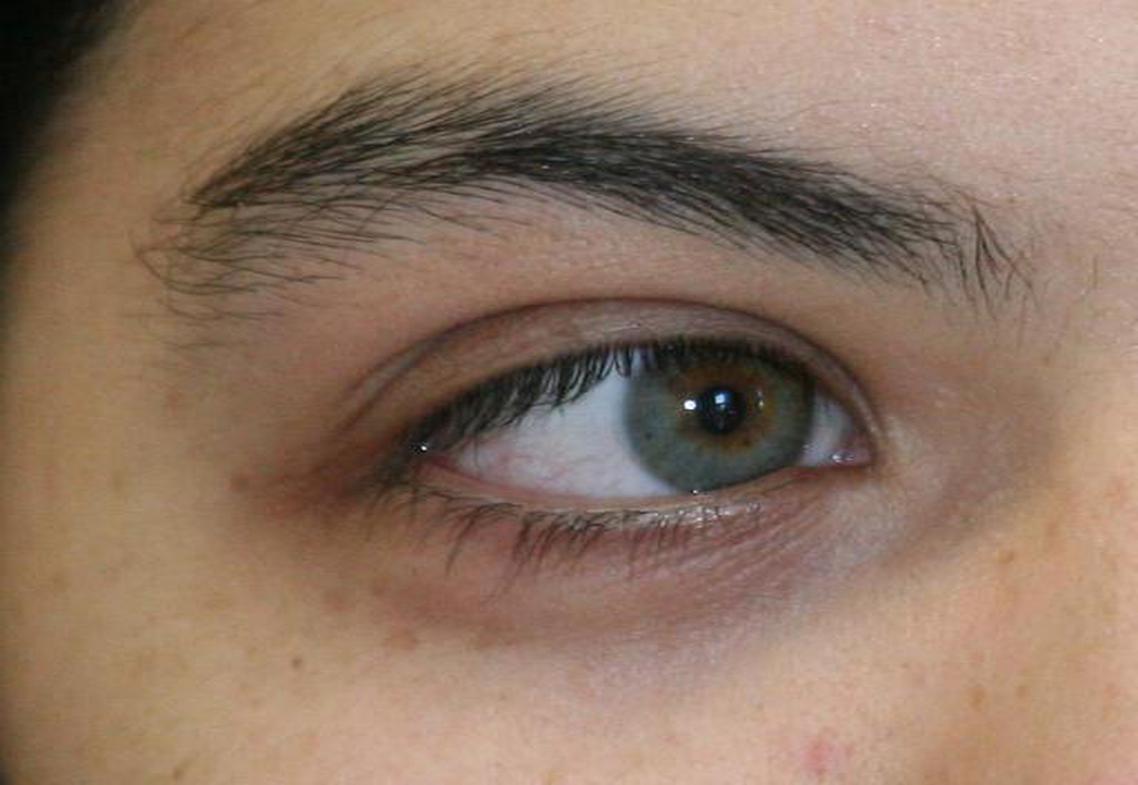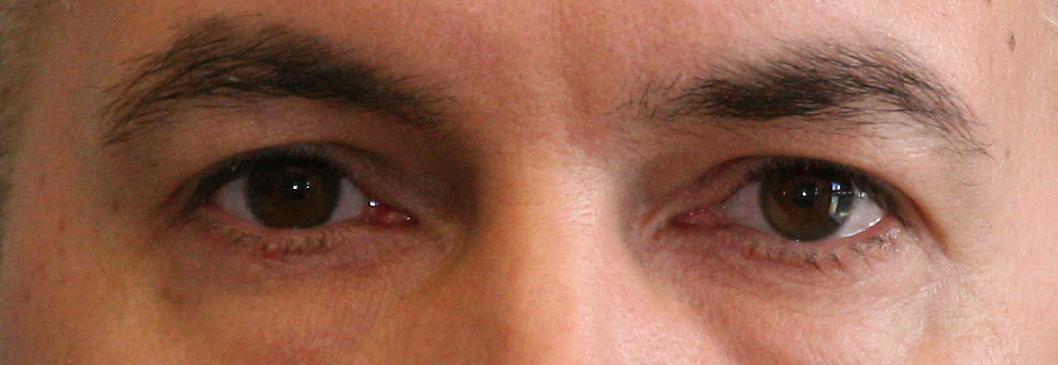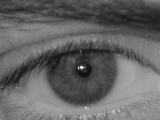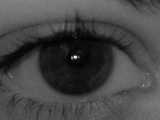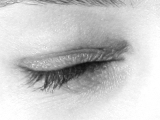|
Departamento
de Inform?ica da Universidade da Beira Interior |
|
Contact: SOCIA Lab. - Soft
Computing and Image Analysis Group Department of
Computer Science, University of Beira Interior,
6201-001 Covilh\UTF{201E} Portugal |
UBIRIS Noisy Visible
Wavelength Iris Image Databases News:
Within the biometrics
context, the iris is commonly accepted as one of the
most accurate biometric traits and has been
successfully applied in such distinct domains as
airport check-in or refugee control. However, for
the sake of accuracy, present iris recognition
systems require that subjects stand close (less than
two meters) to the imaging camera and look for a
period of about three seconds until the data is
captured. This cooperative behavior is required to
capture images with enough quality for the
recognition task. However, it simultaneously
restricts the range of domains where iris
recognition can be applied, especially those where
the subjects cooperation is not expectable (e.g.,
criminal/terrorist seek, missing children). The main focus of the
UBIRIS database is to minimize the requirement of
user cooperation, i.e., the analysis and proposal of
methods for the automatic recognition of
individuals, using images of their iris captured
at-a-distance and minimizing the required degree of
cooperation from the users, probably even in the
covert mode. The UBIRIS database
has two distinct versions: -
UBIRIS.v1 - This version of
the database is composed of 1 877 images collected
from 241 eyes during September, 2004 in two distinct
sessions. It simulates less constrained imaging
conditions. It is public and free available.
In order to access the database, it must be sent an
email to one of the authors asking for the password
of the ?zip? file.
-
UBIRIS.v2 - The second version
of the UBIRIS database has over 11 000 images (and
continuously growing) and more realistic noise
factors. Images were actually captured
at-a-distance and on-the-move.
|
|
|
fghfghfghfgh
DI-UBI Bloco VI Rua Marqu? de ?vila e Bolama P-
6201-001 Covilh?PORTUGAL





